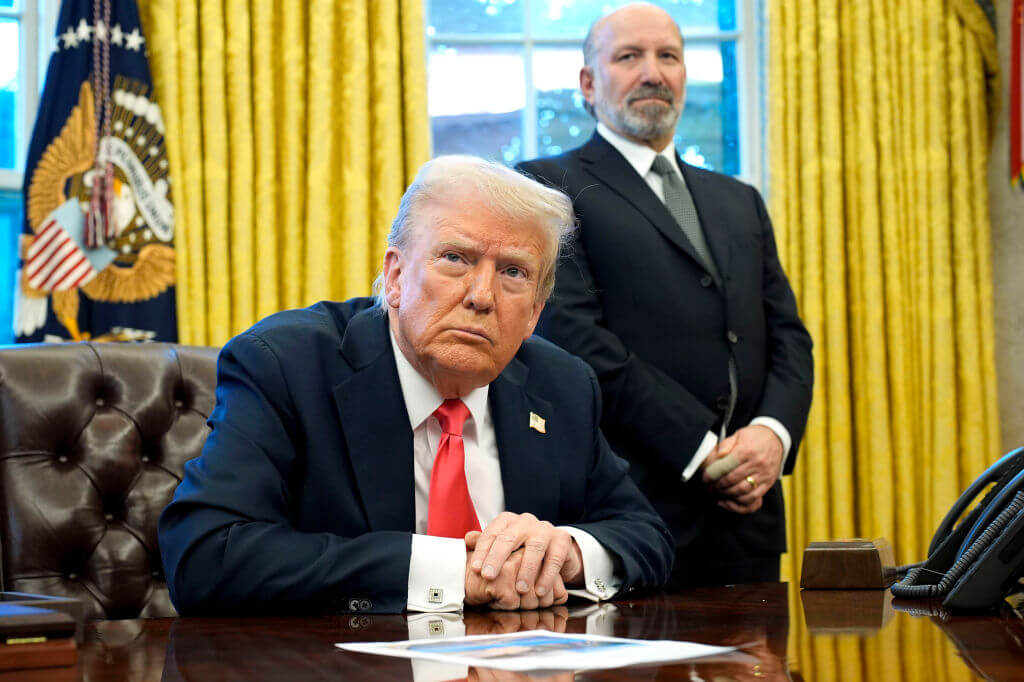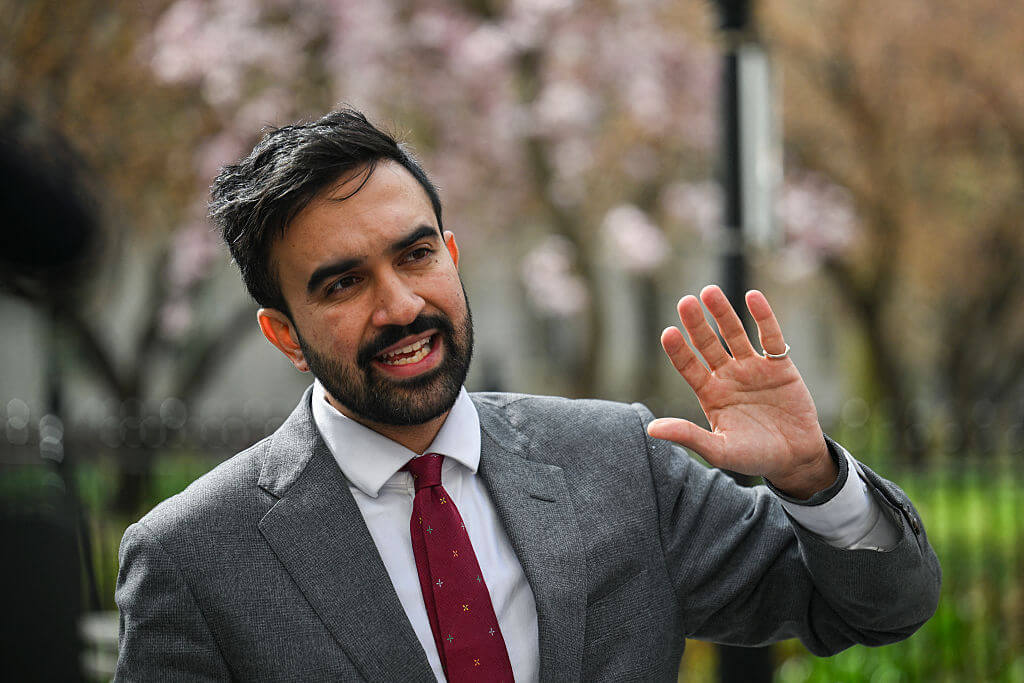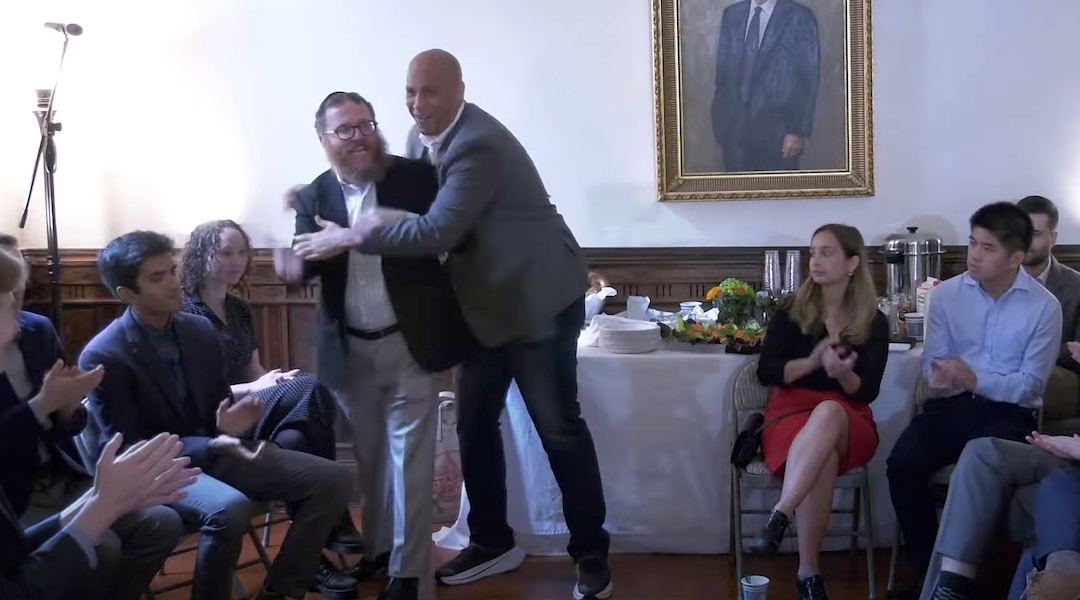Synagogues Throw Energy Behind Green Movement
When their synagogue opens in less than a year, members of the Jewish Reconstructionist Congregation in Evanston, Ill., will have to adjust to a lot more than just a new roof over their heads. For starters, they’ll have showers and bike racks — just in case they want to pedal to services — and tinted glass windows, to minimize the amount of heat the building absorbs. Less obvious to synagogue-goers might be the solar-powered parking lot lights, the high-efficiency boilers and the cypress wood recycled from an old East Coast barn, all of which factor into the construction.
Those changes are among a laundry list of environmentally friendly, or “green,” design choices that the Chicago-area synagogue is implementing in its new home. When it opens in January 2008, the building will become the first synagogue to receive the second-highest possible classification — known as a LEED gold designation — from the U.S. Green Building Council, which rates buildings for sustainability. With months of construction ahead, the $10 million model synagogue may even still manage to make a few more adjustments to attain the highest level that only some 4% or 5% of applicants receive: LEED platinum status.
While the 450-family congregation represents the most devoted end of the spectrum, it is not alone in its efforts to bring its religious ideals in line with environmentally conscious ideals. In fact, synagogues and Jewish organizations across the denominations are moving — some faster than others — toward better aligning their buildings and business practices with Mother Nature. For the most part, they’re joining the wider global shift toward environmentalism for distinctly Jewish reasons.
“We’re not just doing this because it’s a good thing for the world,” said Rabbi Joel Baker, executive director of the United Synagogue of Conservative Judaism’s Pacific Southwest region. “We’re doing it because it’s incumbent on us as Jews to do it.”
On the West Coast, Baker has pushed in recent years to make the congregational arm of the Conservative movement more sensitive to environmental concerns. Baker, who represents 65 synagogues in six states — among them New Mexico, California and Hawaii — signed on to a pilot program of the Coalition on the Environment and Jewish Life of Southern California that brings together houses of worship and faith-based organizations to promote awareness of their ecological impact. The Conservative movement’s affiliation with the program, known as Green Sanctuaries, was launched in 2005 to great fanfare at Los Angeles’s Sinai Temple. Mayor Anthony Villaraigosa even showed up to trumpet the program’s virtues, both moral and economic, noting that Sinai Temple could save $40,000 a year with energy efficiency.
The city of Los Angeles has also opened its coffers to Green Sanctuaries, offering financial and tactical support, including free energy audits from the Los Angeles Department of Water & Power.
The initiative, backed by COEJLSC’s Interfaith Environmental Council, began with 16 religious institutions, including mosques and churches. In fact, Los Angeles’s landmark church, the Cathedral of Our Lady of the Angels, with its more than 60-kilowatt solar panels, was the first tried-and-true “green sanctuary” to come out of it.
But since the program’s initial inception in 2002, the number of Jewish groups — some three dozen — that have formally affiliated with Green Sanctuaries trumps all others.
“The Jewish communal aspect of Green Sanctuaries has taken a faster move forward,” said Lee Wallach, president of COEJLSC and co-chair of the Interfaith Environmental Council.
Wallach attributed the Jewish community’s heavy involvement to both its high level of organization and the willingness on the part of three of its denominations — the Reform, Conservative and Reconstructionist movements — to band together around the issue.
Green Sanctuaries is creating a guidebook for its participating institutions and aims to create “green teams” at individual synagogues and organizations, which will implement changes and educate members. In Los Angeles, green teams have bought reusable bags from COEJLSC at less than half the price (89 cents, vs. $2 at market value) to distribute to their members. The University of Southern California’s Hillel recently distributed energy efficient light bulbs courtesy of Green Sanctuaries.
While the West Coast may seem to be more fertile terrain for environmentally conscious institutions, the East Coast has its fair share of synagogues that are breaking new ground on green building. The national COEJL organization launched a Green Synagogues program in New Jersey, which includes, among others, Congregation Sharey Tefilo-Israel, a Reform synagogue in South Orange, N.J., and Kesher, an Orthodox congregation in Englewood, N.J.
In New York City, the Eldridge Street Project, dedicated to preserving Jewish life at the historic Lower East Side synagogue built in 1887, has been working on its 20-year restoration project from a green perspective. The restoration, scheduled for completion in December, includes using recycled blue jeans as insulation.
Jill Gotthelf, an architect and associate at Walter Sedovic Architects who has worked on the restoration since 1990, said that synagogues and Jewish organizations have caught on to green building over the past few years — even if larger businesses and government institutions may have paved the way — because it is finally a more affordable proposition.
“It used to be that it would double or triple the cost of construction,” Gotthelf said. “But now that it’s becoming more competitive, the cost of doing green construction has come down considerably.”
And then there are the gestures whose symbolic meanings far surpass their costs: A host of synagogues — including Evanston’s Jewish Reconstructionist Congregation — have opted to replace the electric light above the ark where the Torah is kept, known as the ner tamid, with a solar-powered fixture.
The Forward is free to read, but it isn’t free to produce

I hope you appreciated this article. Before you go, I’d like to ask you to please support the Forward.
Now more than ever, American Jews need independent news they can trust, with reporting driven by truth, not ideology. We serve you, not any ideological agenda.
At a time when other newsrooms are closing or cutting back, the Forward has removed its paywall and invested additional resources to report on the ground from Israel and around the U.S. on the impact of the war, rising antisemitism and polarized discourse.
This is a great time to support independent Jewish journalism you rely on. Make a gift today!
— Rachel Fishman Feddersen, Publisher and CEO
Support our mission to tell the Jewish story fully and fairly.
Most Popular
- 1
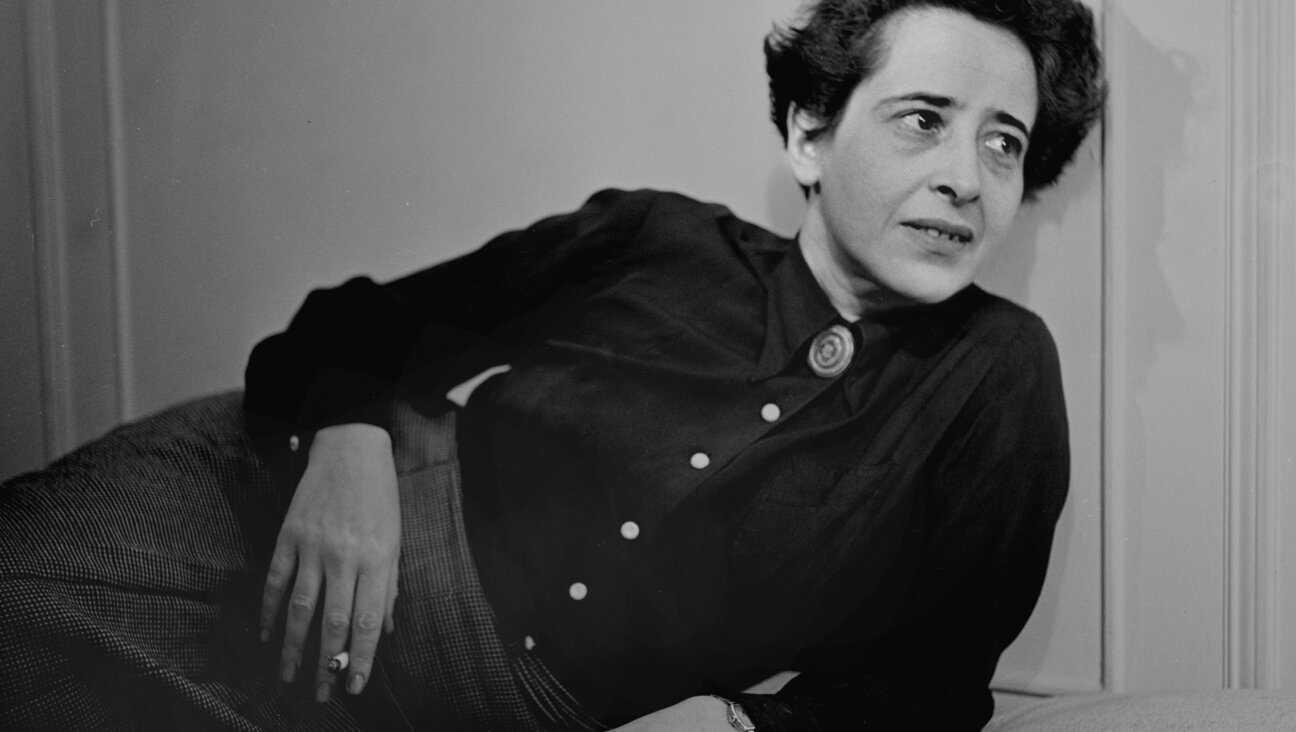
Culture Trump wants to honor Hannah Arendt in a ‘Garden of American Heroes.’ Is this a joke?
- 2

Fast Forward The invitation said, ‘No Jews.’ The response from campus officials, at least, was real.
- 3
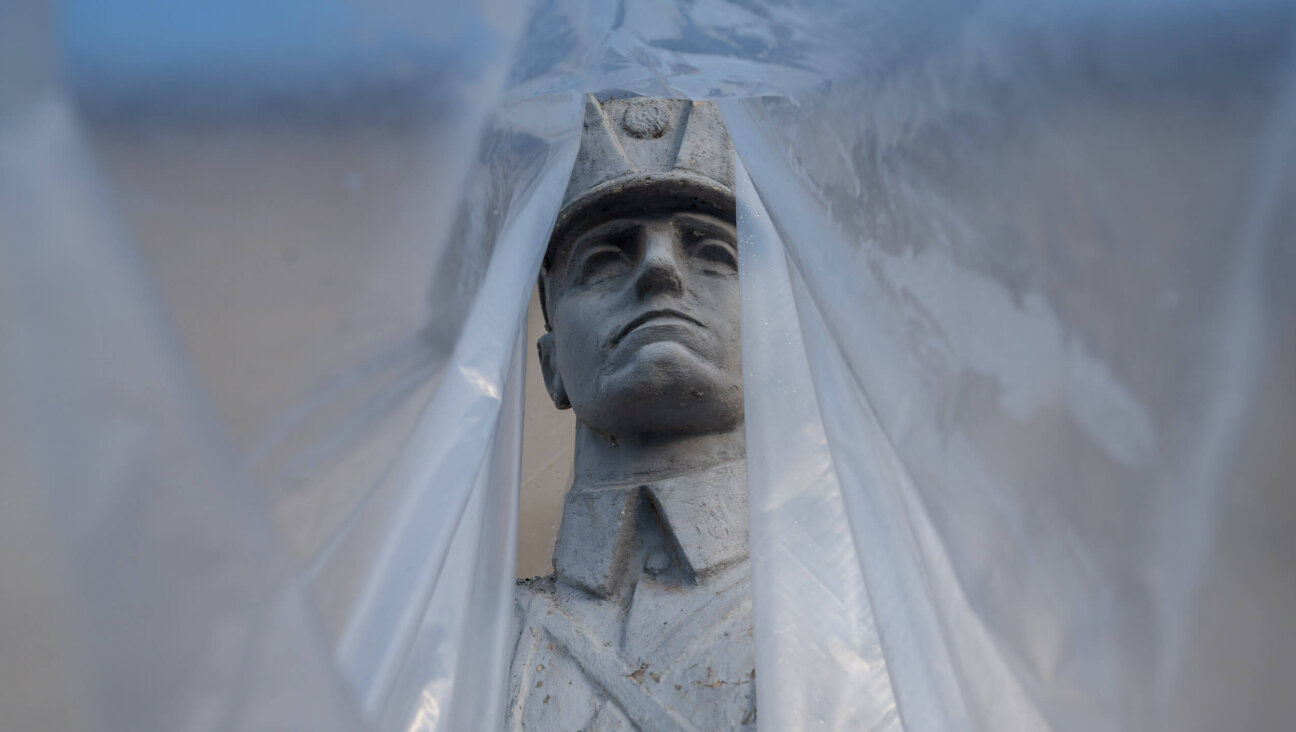
Opinion A Holocaust perpetrator was just celebrated on US soil. I think I know why no one objected.
- 4
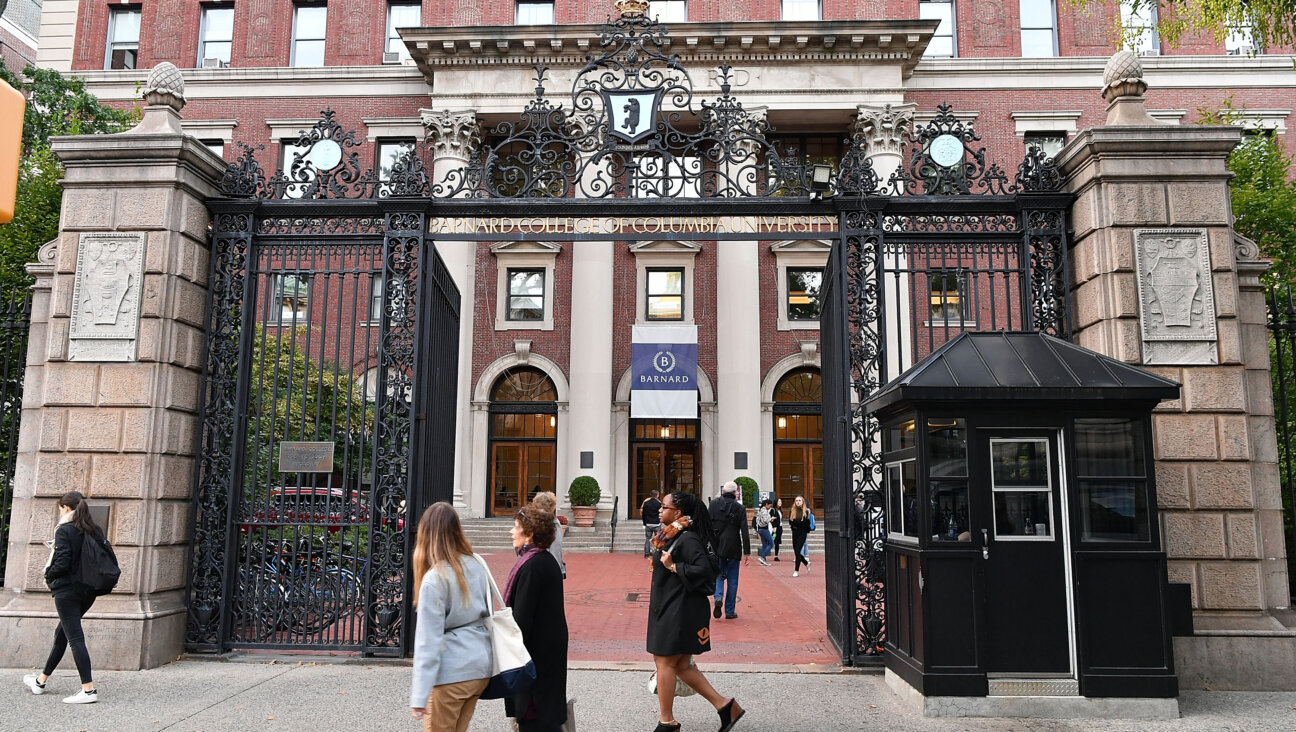
Fast Forward Columbia staff receive texts asking if they’re Jewish, as government hunts antisemitic harassment on campus
In Case You Missed It
-
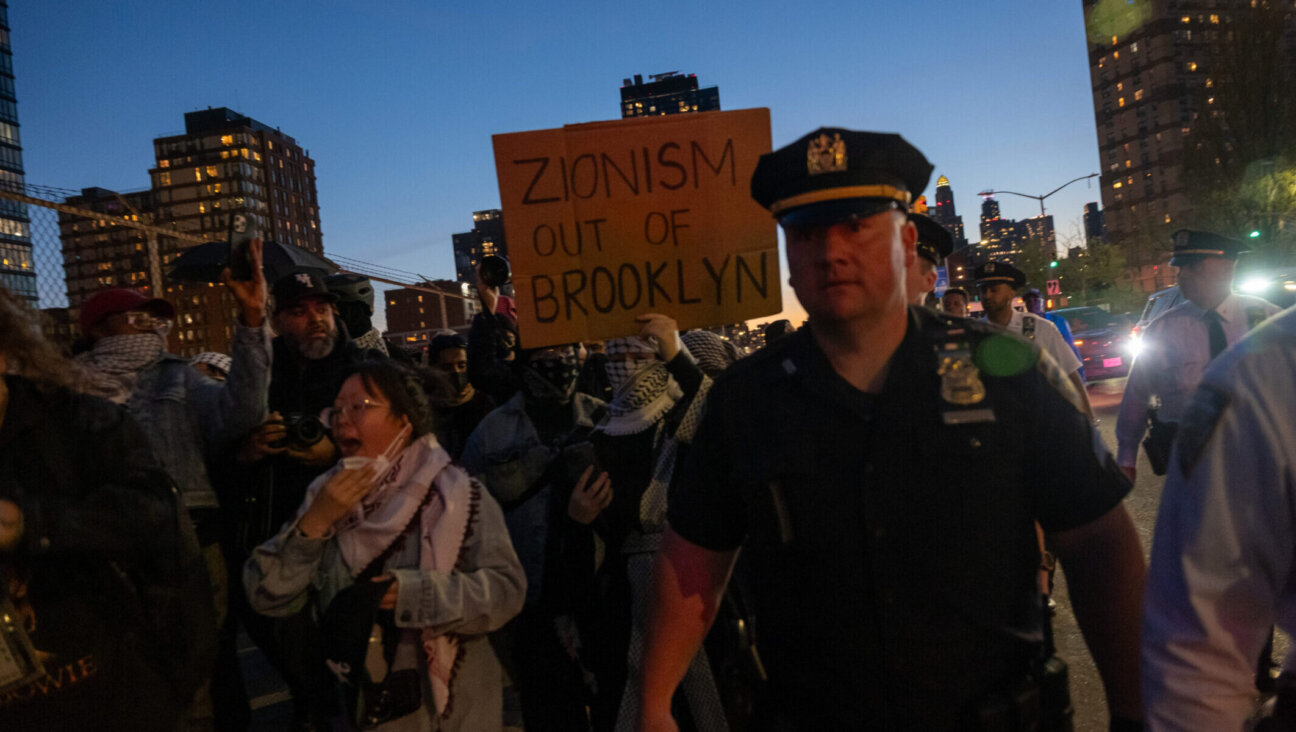
Fast Forward Heavy police presence blocks anti-Israel protest in Brooklyn from reaching Jewish neighborhood
-
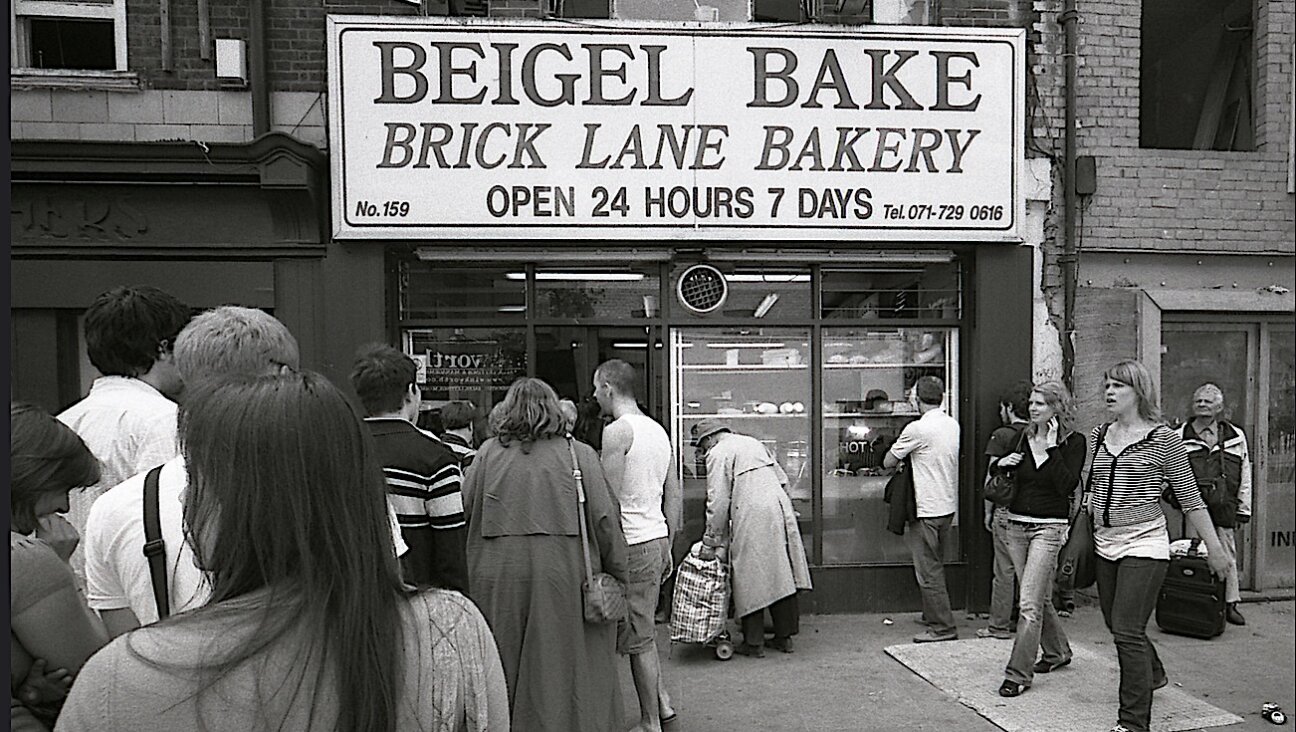
Yiddish קאָקני־ייִדיש“: אַ פּאָדקאַסט, אַ לשון און אַ שטײגער לעבן‘Cockney Yiddish’: A podcast, a language and a way of life
צװײ לאָנדאָנער היסטאָריקערינס לעבן אױף דאָס ייִדישע „איסט ענד“ אין אונדזער פֿאַנטאַזיע
-
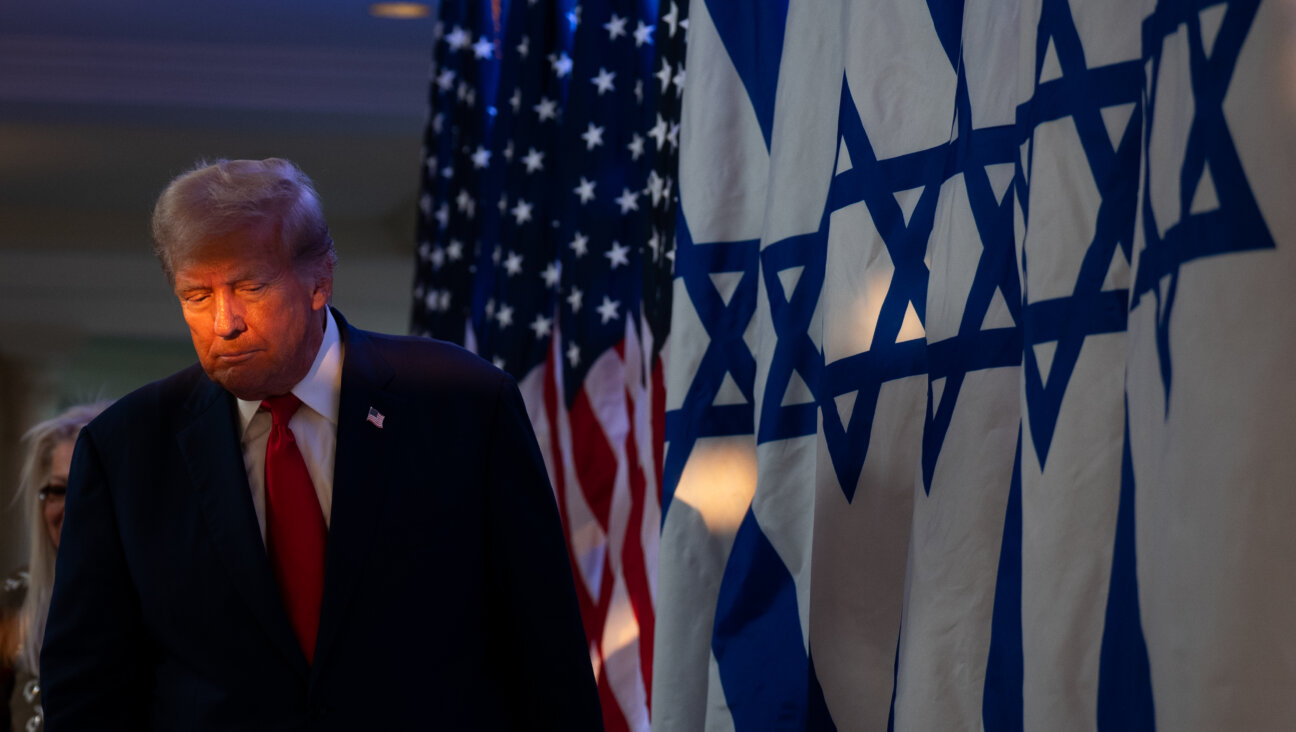
Special Report Trump and Jews: The first 100 days
-
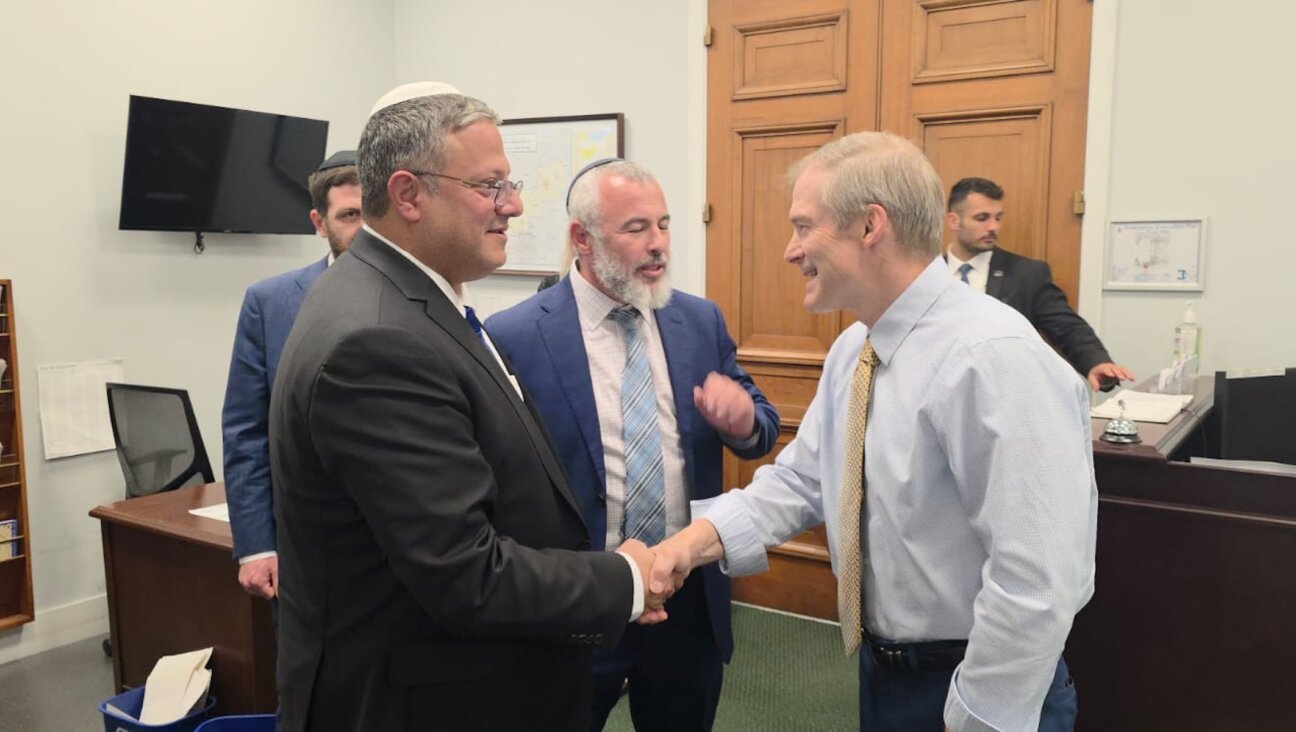
Fast Forward Ben-Gvir says he met with 4 members of Congress, rebuffed protesters at US Capitol
-
Shop the Forward Store
100% of profits support our journalism
Republish This Story
Please read before republishing
We’re happy to make this story available to republish for free, unless it originated with JTA, Haaretz or another publication (as indicated on the article) and as long as you follow our guidelines.
You must comply with the following:
- Credit the Forward
- Retain our pixel
- Preserve our canonical link in Google search
- Add a noindex tag in Google search
See our full guidelines for more information, and this guide for detail about canonical URLs.
To republish, copy the HTML by clicking on the yellow button to the right; it includes our tracking pixel, all paragraph styles and hyperlinks, the author byline and credit to the Forward. It does not include images; to avoid copyright violations, you must add them manually, following our guidelines. Please email us at [email protected], subject line “republish,” with any questions or to let us know what stories you’re picking up.







